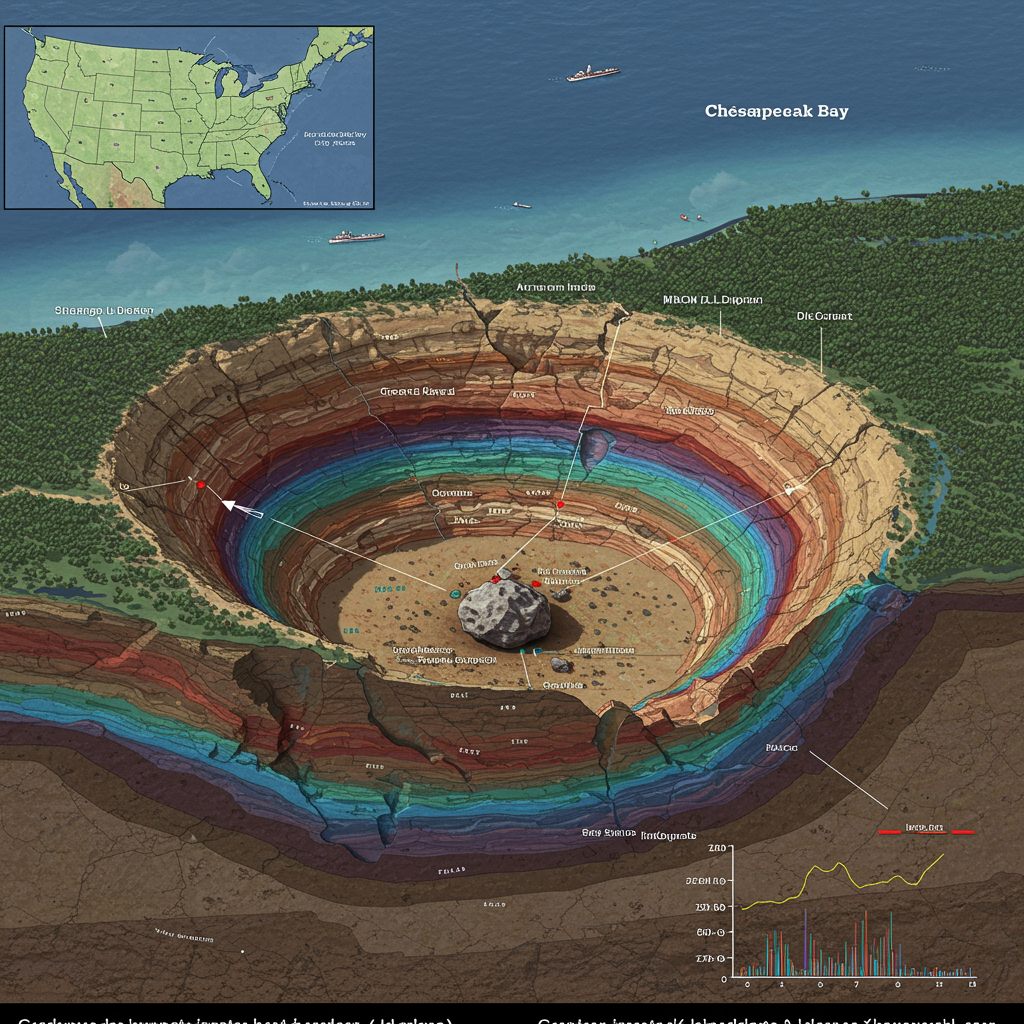Cracking the 40-Year Mystery: Are Quasicrystals Truly Stable?
For decades, the scientific community debated a fundamental question: are the fascinating materials known as quasicrystals merely transient, metastable phases of matter, or can they exist as stable ground states? Exhibiting a unique “aperiodic order” – long-range atomic patterns that don’t repeat like conventional crystals – quasicrystals bridge the gap between perfectly ordered crystals and disordered solids like glass. This structural enigma made their fundamental stability a puzzling mystery since their discovery by Daniel Shechtman in the 1980s, a breakthrough that later earned him a Nobel Prize.
Traditional methods for evaluating thermodynamic stability, such as standard ab initio calculations based on Density Functional Theory (DFT), rely heavily on the assumption of repeating atomic structures (periodicity). Since quasicrystals inherently lack this periodicity, these powerful computational tools couldn’t be directly applied, leaving their true energy state and stability mechanism largely unknown.
A Breakthrough in Computational Materials Science
Solving this long-standing challenge required a novel approach. Researchers developed and employed an innovative quantum-mechanical simulation technique specifically designed for non-periodic structures. Instead of attempting to model an infinitely repeating structure, their method involves performing first-principles calculations on quasicrystal nanoparticles of increasing size.
By meticulously calculating the energy of these nanoparticles as they grow larger, the team was able to accurately extrapolate both the bulk energy and the surface energy of the complete quasicrystal phase. This ingenious nanoparticle extrapolation technique effectively bypasses the need for traditional periodicity assumptions, opening the door to precise computational analysis of these complex materials. The success of this method was enabled by significant computational advancements, including the development of faster algorithms and leveraging GPU acceleration on supercomputing resources.
Debunking Crystal Dogma: Quasicrystals Are Ground States
Using this cutting-edge simulation method, the study yielded a groundbreaking finding. The researchers determined with high confidence that two specific icosahedral quasicrystals (iQCs), ScZn7.33 and YbCd5.7, are demonstrably ground-state phases. This means they represent the most thermodynamically stable atomic arrangement for these compositions at zero temperature.
This discovery is profoundly significant. It provides compelling computational evidence that translational symmetry – the property of having a repeating unit cell – is not, in fact, a necessary condition for the zero-temperature thermodynamic stability of inorganic solids. This directly refutes a fundamental assumption often held within traditional crystallography and solid-state physics. The simulations further indicated that this stability arises from favorable chemical bonds, a mechanism known as enthalpy stabilization, similar to how traditional crystals achieve stability, rather than from the increased entropy found in disordered materials like glass.
Stability vs. Growability: The Role of Nucleation Kinetics
While confirming the thermodynamic stability of quasicrystals like ScZn7.33, the study also shed light on why growing large, high-quality samples can be experimentally challenging. The research revealed that even for a stable quasicrystal like ScZn7.33, its formation from a molten state is significantly limited by nucleation kinetics.
Illustrated on a mixed thermodynamic and kinetic phase diagram, the findings show that the process of initial cluster formation (nucleation) acts as a bottleneck. This explains why, even when a quasicrystal is the thermodynamically favored state, competing, possibly metastable, crystalline phases might form instead during solidification because their nucleation pathway is kinetically easier.
Opening Doors for Aperiodic Materials Research
The innovative computational techniques developed in this research have implications far beyond quasicrystals. By enabling first-principles investigations into the structure-bonding-stability relationships of aperiodic materials, this work broadly opens the door for studying a wide range of complex structures that previously defied standard computational analysis.
This includes gaining new insights into the properties and stability of:
Glasses and amorphous solids
Interfaces between different crystalline materials
Crystal defects
Potentially even complex structures relevant to emerging technologies like quantum computing bits.
By successfully solving a 40-year mystery about quasicrystal stability and providing powerful new tools for computational materials science, this research fundamentally advances our understanding of how atomic structures minimize energy and achieve stability, paving the way for the design and synthesis of novel materials.




